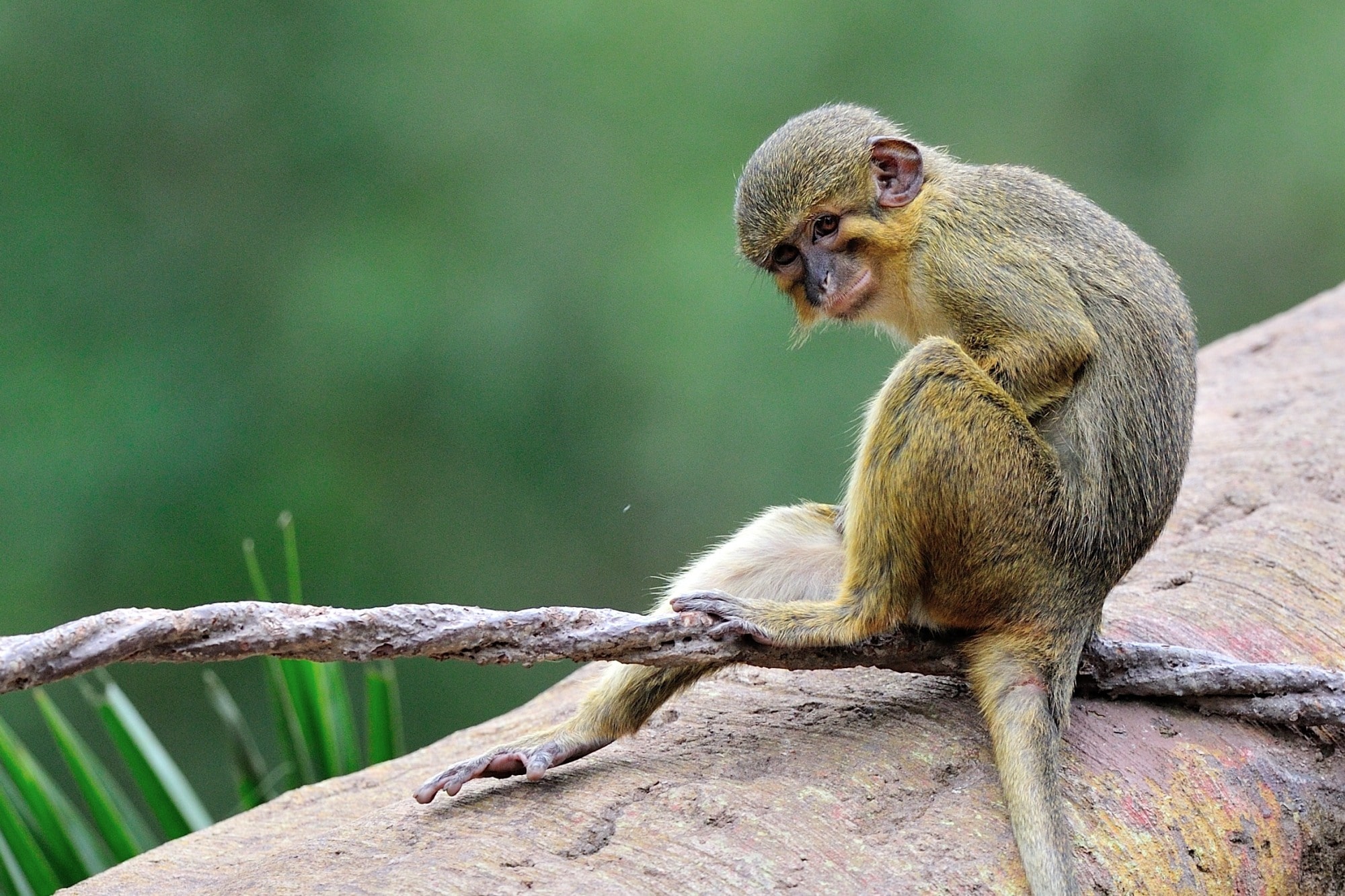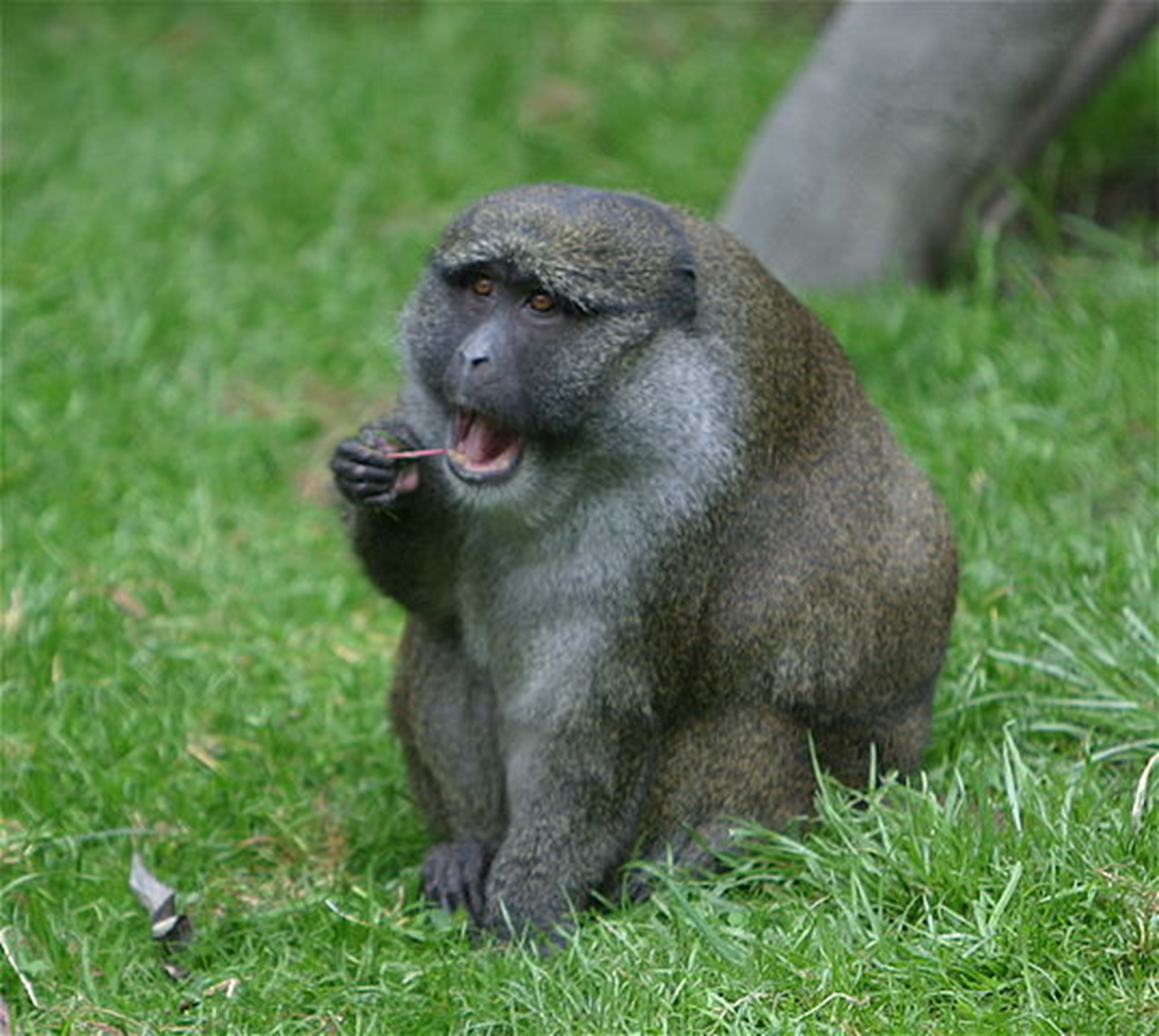
Vervet Monkey
This is an old world monkey from Africa, it is also a family of monkeys which are similar in the Genus Chlorocebus. There are 5 recognized subspecies found throughout Southern (not west of the Luangwa river) and eastern Africa (not west of the great rift valley. Alongside much research on themselves and their behaviour, it has been noted that they can suffer from something similar to various human conditions including hypertension, Anxiety, as well as both social and dependent alcohol use.
[smart_post_show id=”13827″]




















